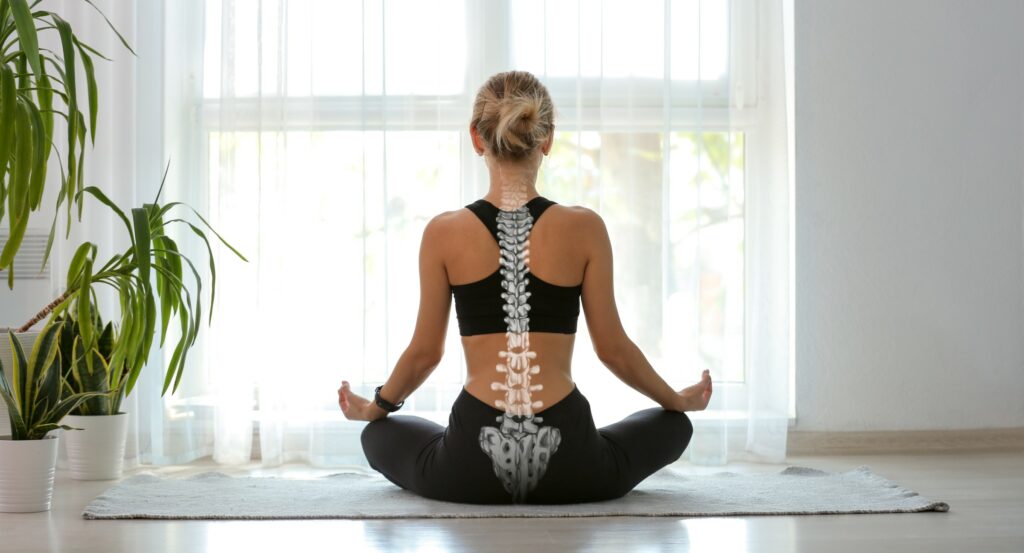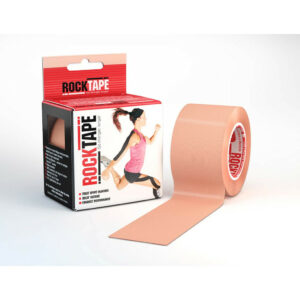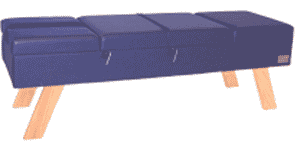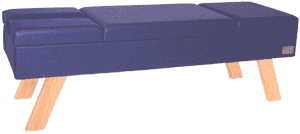Share:

How To Assess Your Own Posture And Identify Any Areas For Improvement
Between commuting, work, and winding down after a long day, Americans spend an average of 9.5 hours sitting daily.
In an increasingly sedentary world, posture often takes a back seat. Unfortunately, many of us do not even realize the impact poor posture has on our bodies. We’d like to change that by helping you assess your habits and implement simple improvement strategies.
The Impact of Bad Posture
Over time, poor posture leads to various issues that impact the entire body, causing musculoskeletal issues, back pain, neck and shoulder pain, digestive issues, reduced lung capacity, and more.
When you constantly hold yourself in an unnatural position, your body begins to rely on some muscles and neglect others altogether. This imbalance can cause multiple issues, including back, neck, and hip pain.
Slouching also compresses your internal organs, including your lungs and stomach. Over time, this may reduce oxygen intake in the lungs, resulting in lower energy and increased compression in the stomach, causing digestive issues.
Proper Standing Posture
Before we explain proper standing posture, remember that it may feel slightly strange initially, especially if you’ve been slouching for a long time. You will also benefit by doing the following exercise in front of a mirror.
Your head should be aligned with your spine, your chin parallel to the ground, and your ears centered with the middle of your shoulder. Avoid rounding your shoulders by imagining squeezing a small object between your shoulder blades.
Your hips should also be in alignment with your shoulders and knees. To assess, check that your knees line up with the middle of your ankle.
Proper Sitting Posture
Before assessing your sitting posture, look at your workstation. Is your computer screen at eye level, or do you have to tilt your head and neck downward to see? Is your desk at a height that allows your arms to bend at a 90-degree angle and place your hands flat on the surface? If not, it’s time to make adjustments.
When standing, your ears should line up with your shoulders to eliminate leaning. Additionally, your shoulders should be pulled back, your feet planted on the floor, and your weight evenly distributed between your hips and feet.
Testing Your Posture
You only need a wall, measuring tape, and a helper to test your posture. Stand against the wall with the back of your head touching it. Now, place your heels about six inches from it. Your buttocks and shoulder blades should touch the wall.
Have your assistant measure the space between:
- Your neck and the wall
- The small of your back and the wall
Generally, your posture needs improvement if the distance is farther than two inches for each measurement.
Improving Your Posture
Better posture begins with mindfulness. Pay attention to your body throughout the day; you will likely spot poor habits. When you slouch, imagine a string pulling your head upward or gently squeezing your shoulder blades together. If you need help, there are many posture-correcting devices available.
In addition it is important to address your workspace, chair, computer monitor, and desk to ensure they are more ergonomic. We also recommend taking regular breaks, stretching, and consulting a chiropractor to develop a structured posture improvement plan.
Chiro1Source: The Premier Choice in Chiropractic Supplies
For over 22 years, Chiro1Source has been the go-to supply partner for all things chiropractic. Our mission? To make your life easier. We offer a diverse product line, from clinical supplies to pillows and more, to boost patient recovery and your practice’s bottom line. Explore our diverse range of products now!




